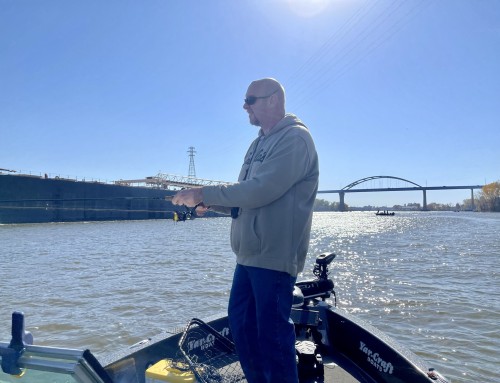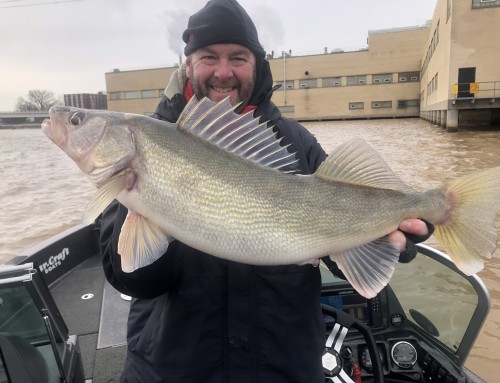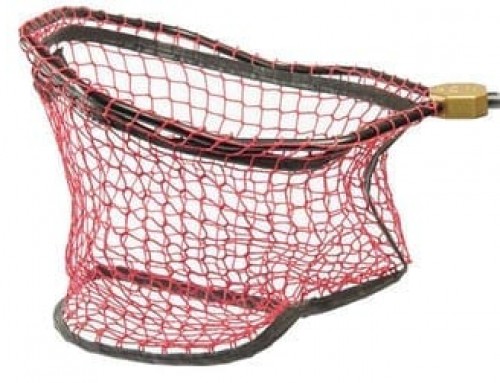By Mark Schram, www.myfishingpartner.com
Social media is everywhere, whether you “like” it or not. It has changed our society, and the way we communicate with other people, businesses and even our family. Heck, even my dog has a Facebook page with 100 friends. I’m not sure how he types with his oversized paws, or when he is on the computer, but one thing is for certain–he dislikes cats.
The fishing industry has been greatly impacted by social media, especially with Facebook. In the past, weekly fishing reports were the only way to obtain information on a body of water, outside of having a conversation with local anglers or owners of local bait shops. Often times the information was a week or two old, and many times inaccurate. Fishermen, by nature, are social people who love to share their stories (lies) with their network. In the past, the only way to get real time information was to eavesdrop on the marine radio for some local chatter.
One of the enduring features of social media is it is happening in real time. Catch a fish, take a picture, and it appears on Snapchat, Flickr, Twitter or Facebook within 20 seconds. Anglers can communicate real time to thousands of other “friends” with a single click. Often times, the background of the photo gives away exact locations unintentionally. You Tube videos can make impressions on tens of thousands of viewers with a simple viral video in a short period of time.
The impact of the spontaneous mass communication is that there are no more secrets. There is little mystery to the current performance of a body of water before launching the boat. This has made fishermen transient, chasing the best bite in the region. I have fallen victim of this phenomenon. The thrill of chase is enhanced when the location, species and type of action changes every week. It sure is fun posting hero shots. Even my site, www.myfishingpartner.com offers real time tweets on the conditions related to Lake Winnebago via Twitter.
Fishing companies gain intentional or unintentional marketing opportunities when pictures are posted with a Salmo lure hanging out of a fish’s mouth while an Off Shore Board is pictured in the background. This drives sales and these companies understand the importance of grassroots marketing. Guides have also capitalized by posting current day catches to entice new customers. This has created fishing’s very own business culture.
A perfect example is the Berkley Company creating a ton of hype related to the new Flicker Minnow. I have never seen so much anticipation of a single lure in the walleye world. Much of this hype has been through social media, with teasers about the bait, and hero shots from the tournament with the pre-production lure dripping out of massive walleyes mouths. Although this lure is not released yet, presales have been through the roof.
You Tube videos have provided many anglers with tips and presentation variations which have become game changers. Fishing is about the attention to details, and these videos may point out the little tip which takes you from an average angler to a top notch angler.
The negative aspect of social media are those sportsmen which utilize the medium to deliver misinformation. Posting altered (or old) pictures and making statements to suck in unsuspecting anglers to locations not holding fish has become more common. Often time message boards just become bickering blogs which pit angler vs. angler to see who can get the best lick.
Social media has changed the industry of recreational fishing. Whether you opt to use these mediums of communication is solely up to each individual. “Like” it or not, it is here to stay. Social media is having a profound effect on the way we fish, spend money, and think as sportsmen.





